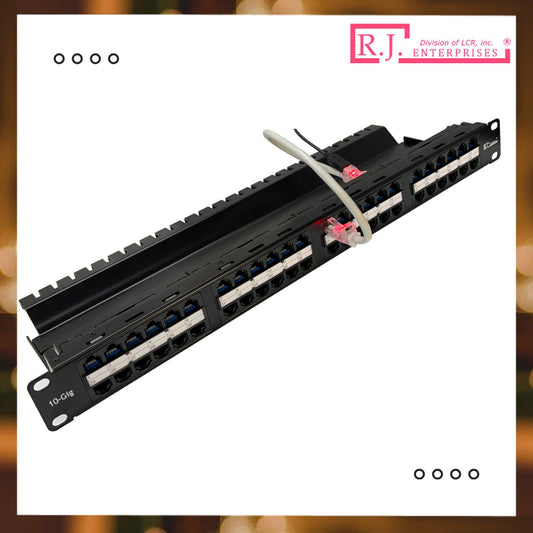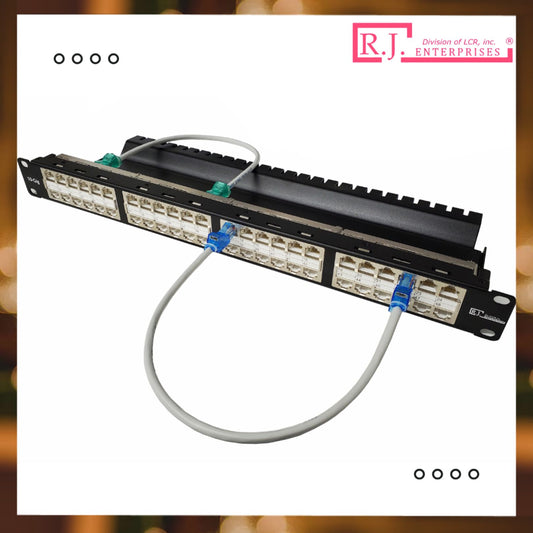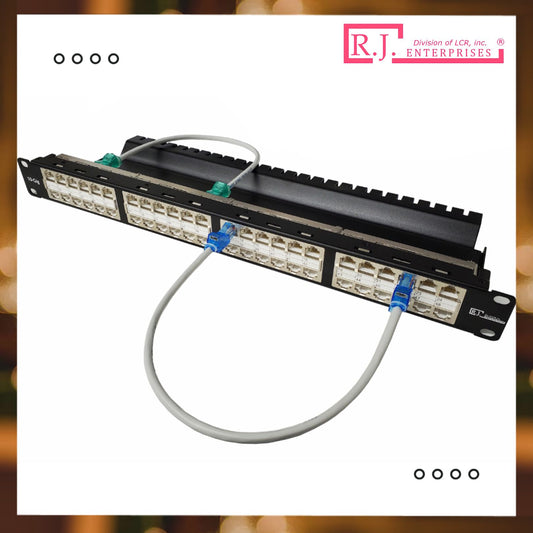
Why Do Locations Matter for Data Centers?
Share
If you still haven’t heard all the buzz about artificial intelligence and stronger performing LLMs like DeepSeek and ChatGPT… you may be living under a rock. These developing technologies have an unpredictable potential to how we can integrate them into our lives and work. Automating menial tasks that would’ve normally taken us hours to complete can be done within minutes, leaving us more time to focus on issues that require an unique and creative human touch. One of the infrastructures that enable AI to perform the way it does are data centers. Think of data centers as a giant building that collects, processes, and stores all the data needed to run our online services.
What goes into constructing and operating a data center, however, isn’t such a simple answer. One of the biggest considerations for a data center is its location.
The Short Answer - Why does location matter for data centers?
It really all boils down to the different requirements and the various parties involved in the process of building a data center. For one, data centers are resource-intensive infrastructures and require so many different facets to work optimally. Two, revenue is generally an important factor for the investors – making the most cost-effective decision with an appropriate ROI adds another layer of complexity. And three, geographical constraints in addition to the data center operational needs limits where these infrastructures can be built.
The Long Answer - All factors being considered
Electricity Consumption and Cost
The number one cost behind data centers is easily electricity. Every equipment and technology in these centers (e.g. servers, networking equipment, cooling systems, etc) requires power to run. Not to mention, the need for a 24/7 uptime.
Data centers in the States, alone, already consume 4% of the electricity generated annually (and this number is expected to reach around 4.6% to 9.1% by 2030). And as more operators start to shift to cloud computing and integrating AI, data centers will continue to grow in size and capacities to support anywhere from 100 to 1000 megawatts of electricity. To put this to comparison, that is roughly equivalent to enough power to support 80,000 to 800,000 homes.
For investors and operators, finding a location where electricity is cheap then becomes an extremely attractive choice.
Existing Power Availability
Just because electricity is cheaper in certain areas doesn’t mean the electrical grid is able to support the needs of a data center. For more demanding centers, newer power grids may need to be constructed – and this process can extend the time and budget needed for the construction project. In fact, it’s not uncommon to find that most data centers' bottleneck is the limited output from existing grids. In places like North Virginia (a hotspot for data centers), construction for data centers has vastly outpaced those of electrical grids.
Logistics, Availability of Resources, Supply Chains, Personnel
Assuming that you find the perfect location where electricity is abundant and is cheap – you now also have to consider logistical constraints and finding professional personnels. For one, data centers and the equipment that they encompass may need materials that are not so abundant. Or cheap. Processing and delivering the right materials to a remote location can add a strain to supply chains. You’ll also need to consider the professionals needed to build and run a data center. The more remote the location, the harder it is for them to reach, and the longer it'll take for them to complete the construction process. As the saying goes, time is money.
Latency and Proximity
Another factor involved in the process is the distance between a data center and users. For businesses and general users, having a lower latency ensures a qualitative user experience and operational efficiency. Whether it’s for video streaming, casual web browsing, gaming, or even stock trading, higher latency would result in longer loading times, lag, and slower response times. Operators also do not want to build too far from population centers because of the additional cost and infrastructures needed to transmit data over a longer area. A side benefit of having a closer proximity is that operators can employ more redundancies to mitigate the effects of service loss.
Regional Climate and Geology
Easily overlooked, but the right location for a data center requires stability and an ideal climate. Risks of natural disasters like earthquakes and floods can disrupt the uptime and service of a data center for extended periods. Extreme weather can also disrupt operations and cost data center operators more money for both repairs and downtime.
Cost of Land and Local Bureaucracy
Acquiring land to build a data center can be extremely expensive, and the size of a new data center is dependent on its usage. If that wasn’t all, local regulations and tax policies may drive costs up during construction and after. For example, if you want to build a data center somewhere in Europe, you will have to abide by local laws even if you’re an operator from the US.
When does location NOT matter?
Location is always a point of consideration, to be clear. But at times, certain factors may not be as important as others. What it really comes down to is the cost-effectiveness. If demand is high enough in certain areas, some operators may proceed with construction regardless of factors like electricity cost. Of course, taking this route is more typical of large cloud providers like AWS, Microsoft Azure, and Google Cloud.
Other cases, such as a need for a private and high performance network infrastructure may prompt operators to build in an atypical location. Other times, it may be because the tasks assigned to a data center do not place a heavy focus on latency.
In more recent years, edge data centers have become more prominent and place less focus on certain aspects of choosing the right locations. Edge data centers are smaller facilities that operate as close as they can to the end users while delivering cloud computing services. For these centers, they place more focus on reducing latency – an issue bigger and more remote data centers have. In these cases, edge data centers want to operate as close to population centers, but will place less focus on physical space and costs.








